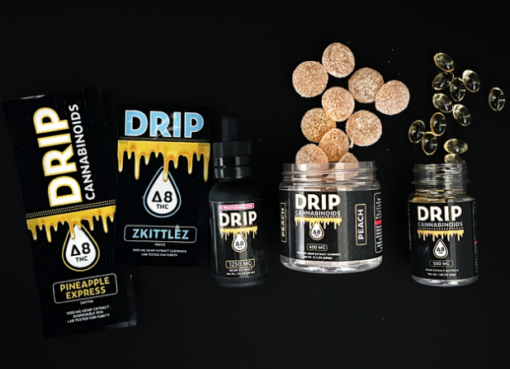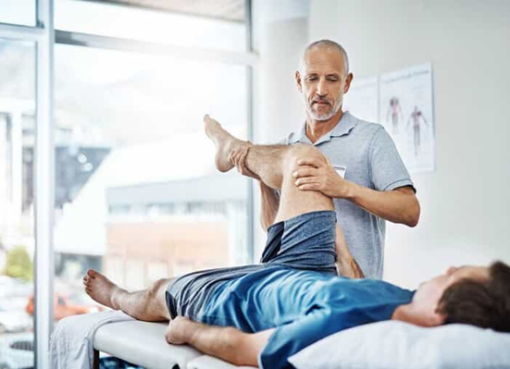Varicose eczema is a condition where the skin is affected due to varicose veins. The skin changes characterized by the presence of eczematous plaques. Varicose eczema is also known as stasis dermatitis or stasis eczema. When the veins beneath the skin or also known as subcutaneous veins are distended, dilated, elongated, and tortuous, they are known as the varicose veins. The diameter of the varicose vein is 3mm or greater. The varicose vein is classified as chronic venous diseases of the lower extremities. Eczema on legs treatment will depend on the underlying causes.
The treatment for varicose veins is leg elevation, leg exercise, compression therapy, and veins ablation therapy. In most cases, venous ablation therapy is good enough to cure varicose veins. The prognosis and outcome following treatment are good.
The possible complications are:
- Venous ulceration
- Superficial thrombophlebitis
- Skin changes
Essential oils can help reduce symptoms of varicose veins and cure it up to a certain extent. Essential oils are derived from plants, flowers, and herbs. The oils that can be used in varicose veins are:
- Sea pine essential oil
- Lavender essential oil
- Horse chestnut essential oil
- Yarrow essential oil
- Grapevine essential oil
Treating varicose veins is necessary for treating varicose eczema. The skin which is affected will require skincare and topical medications. The types of medications vary depending on skin condition and presentation. Some may need topical corticosteroids, while some may need compression bandages. Other interventions are also available.
The example of primary causes for varicose veins is a primary venous disease. Previous deep vein thrombosis is the secondary cause of varicose veins. The example of congenital cause is Klippel-Trenaunay syndrome. The other conditions which also classified as lower extremity chronic venous disease other than varicose veins are:
- Telangiectasia
- Reticular vein
- Venous ulcer
10% to 30% of the general population suffers from varicose veins. Lower extremities veins are the most commonly affected. The veins of the lower limbs are the great saphenous veins, the branches of saphenous veins, and other superficial veins.
The underlying issue in varicose veins is the valves within the veins are incompetent. Inflammation and prolong venous hypertension will cause valvular damage. The damaged valves will lose their function. Prolong venous hypertension is the reason for skin changes that results in eczema.
The risk factors of varicose veins are:
- Female
- Old age
- Family history of varicose veins
- Female which gave birth to many children
- Prolonged standing
The symptoms of varicose veins are:
- Leg pain
- Calf pain
- Leg swelling
- Calf or leg heaviness
Some patients may also be asymptomatic. Thorough history taking, physical examination, and investigations are necessary for a doctor to confirm a diagnosis of varicose veins. Physical examination and history taking are more for signs and symptoms identification and analysis. Investigations are crucial in collecting enough findings and evidence to confirm the diagnosis of varicose veins. The right diagnosis will ensure only the right and needed treatment is given. A recovery is expected with the right treatment.
Duplex ultrasound is a common investigation done. Duplex ultrasound is good and sensitive to detect varicose veins. Varicose veins can be mistaken with other conditions which are also classified as lower extremity chronic venous diseases like reticular veins and telangiectasias. Eczema on legs treatment is available in most health care facilities in Malaysia.





